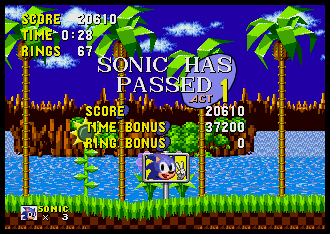Nowadays, there is a great deal of fervent support as well as total ridicule directed at competitive video gaming, or eSports. Players make hundreds of thousands and even millions in prize money, streaming ad revenue, and sponsorships for playing video games for their legions of adoring fans. These eSports have even made it onto TV channels like ESPN. In fact, I’ve probably seen eSports broadcast more commonly on channels like TBS than the MLB playoffs, which the same network hosts. Many feel that this “sport” is a farce, and that these professionals are nothing like real pro athletes from sports like football, soccer, and golf. However, there is no denying the popularity of these events, and there is also a considerable amount of skill required to become a professional gamer. After all, if anyone could simply be a pro gamer, everyone would be doing it instead of watching it, just like everyone with a passing interest in baseball would be in the MLB if they could. Furthermore, we learned in class that many NBA teams own pro gaming teams for video games like DOTA 2 and Overwatch, as does New England Patriots owner Robert Kraft.
Personally, while I think that eSports will never reach the Olympics, per se (we’ll never see Olympic gridiron football either), I think that it deserves the same amount of recognition and respect as any other pro sport. In my eyes, if enough people enjoy watching people compete in something, then surely it deserves that status. Personally, I’m certainly no competitor, due in large part to lacking the skill to do so. I don’t really play many modern video games, so I don’t spectate in any of the titles we discussed in class, but a few of my friends watch their favorite League of Legends teams go at it regularly, and I definitely know a lot of the top level players’ names when I hear them as a result. I do sometimes spectate speedruns of older games that I like on Twitch, but this is probably outside the realm of the concept of eSports as we’ve been discussing it.
To me, these developments are an evolution of older competitive gaming, like the Virtua Fighter 2 video I linked in my previous post. While it lacked the pageantry and huge revenue of modern gaming (not to mention the fact that the VF players did it for fun and couldn’t quit their day jobs no matter how good they were), I still enjoy watching old matches and love hearing about old rivalries like that. Players of these video games can compete and grow together just like on-field rivals like Jerry Rice and Deion Sanders. I think one key difference between physical sports and eSports is that new games come out and replace older software; the sports themselves aren’t replaced with updates every few years. However, I’m still enjoying games that are older than I am so I can see eSports lasting for quite a long time. And furthermore, rules to physical sports get changed all the time, like the notorious Dez Bryant catch in the NFL just recently. Maybe someday, eSports clubs will have storied histories just like the classic soccer and hockey clubs that have been around for a century now.

